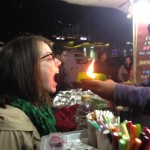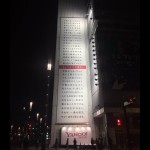Thousands of families were forced to abandon what once their homes and now all that remains are just pieces of memories of how their lives used to be.
Six years ago, Japan was shook with a 9.0 magnitude earthquake followed by a tsunami on March 11, 2011 that damaged the Fukushima Daiichi nuclear power plant — causing a meltdown of its reactors. The tragedy left more than 20,000 people dead and over 150,000 residents were forced to abandon their homes.
The Fukushima nuclear crisis became the largest nuclear disaster after Chernobyl. Years later, several photographers ventured into what now looks like “ghost towns” of Tomioka, Okuma, Futaba, and Namie after people abandoned it due to radiation contamination risks.
Polish photographer Arkadiusz Podniesinski ventured into Fukushima four years after the nuclear tragedy, where many areas are still entirely off-limits and dangerous. In his pictures, Podniesinski showed how life thrives through nature repairing itself despite all the loss it endured , and people finding a way to persevere despite the tragedy that changed their lives.
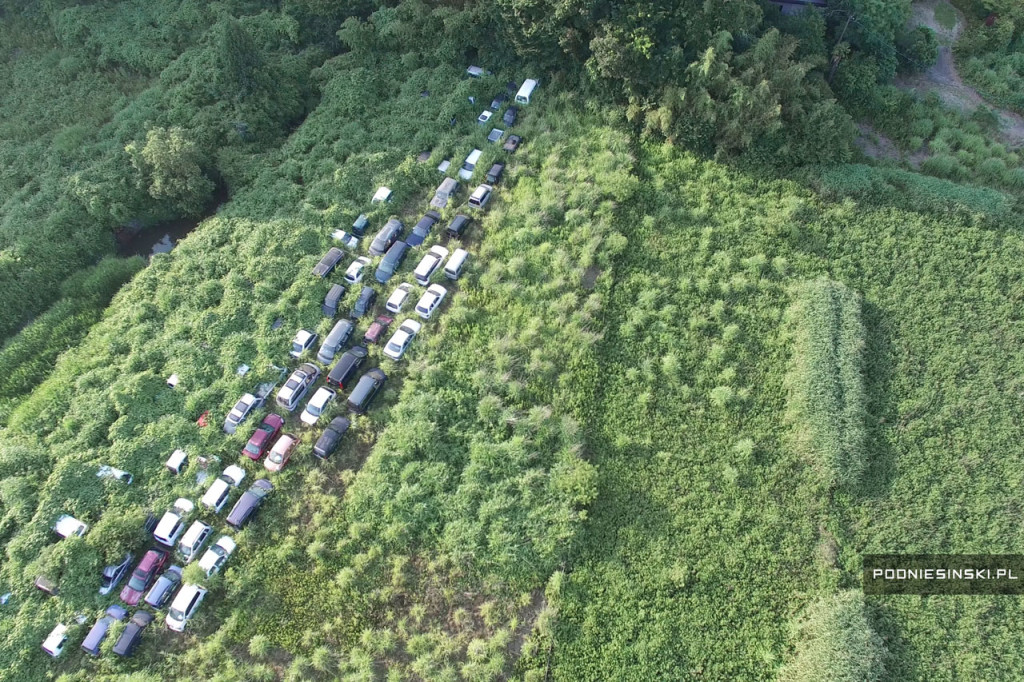
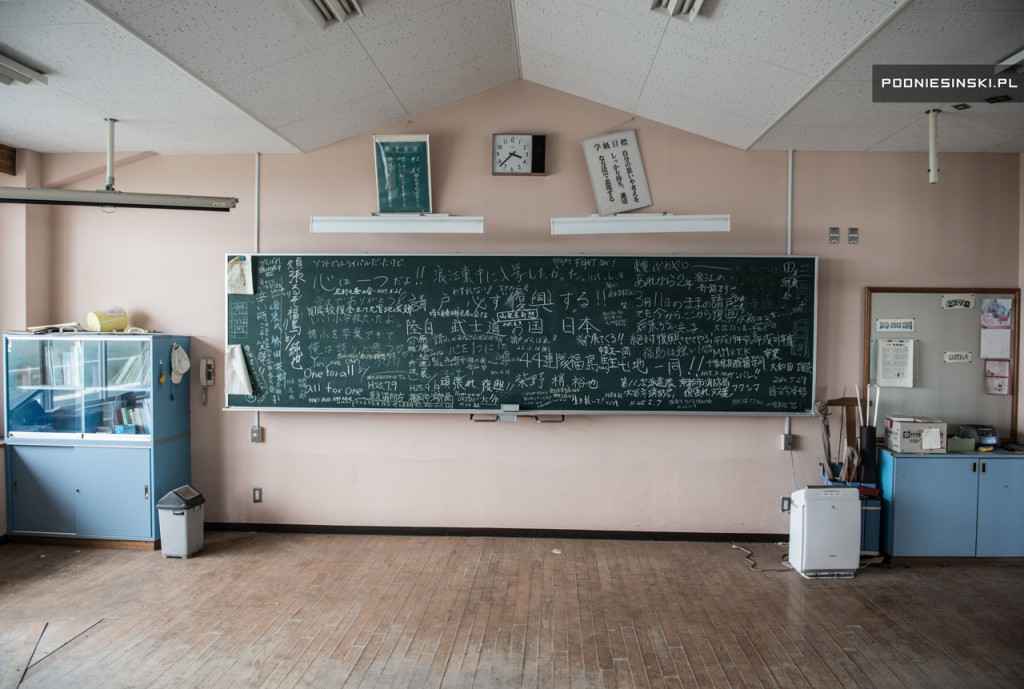
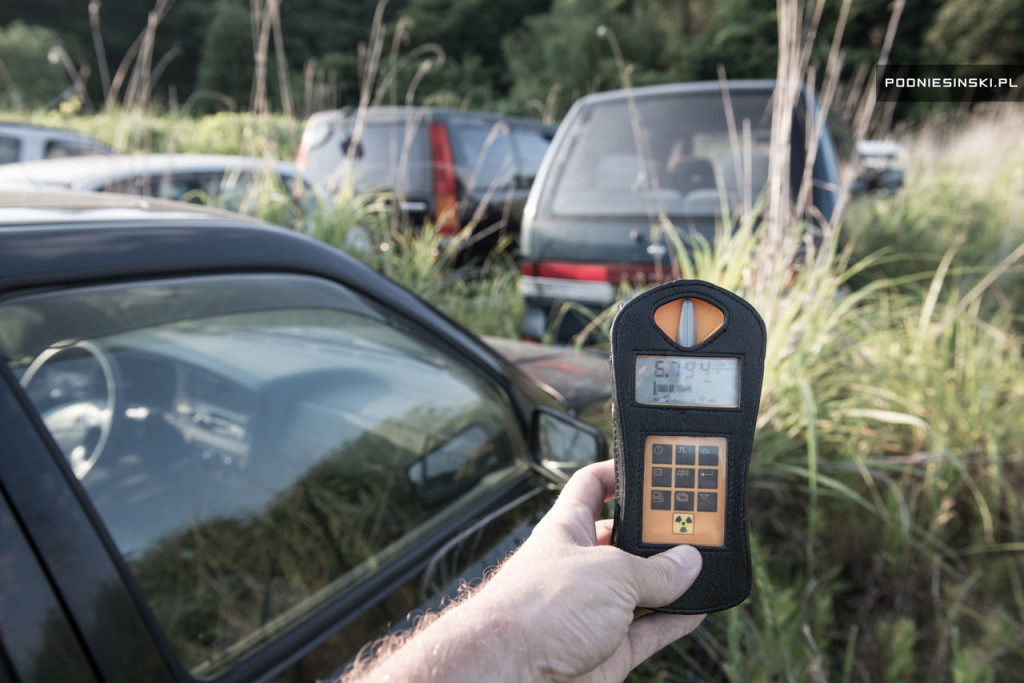
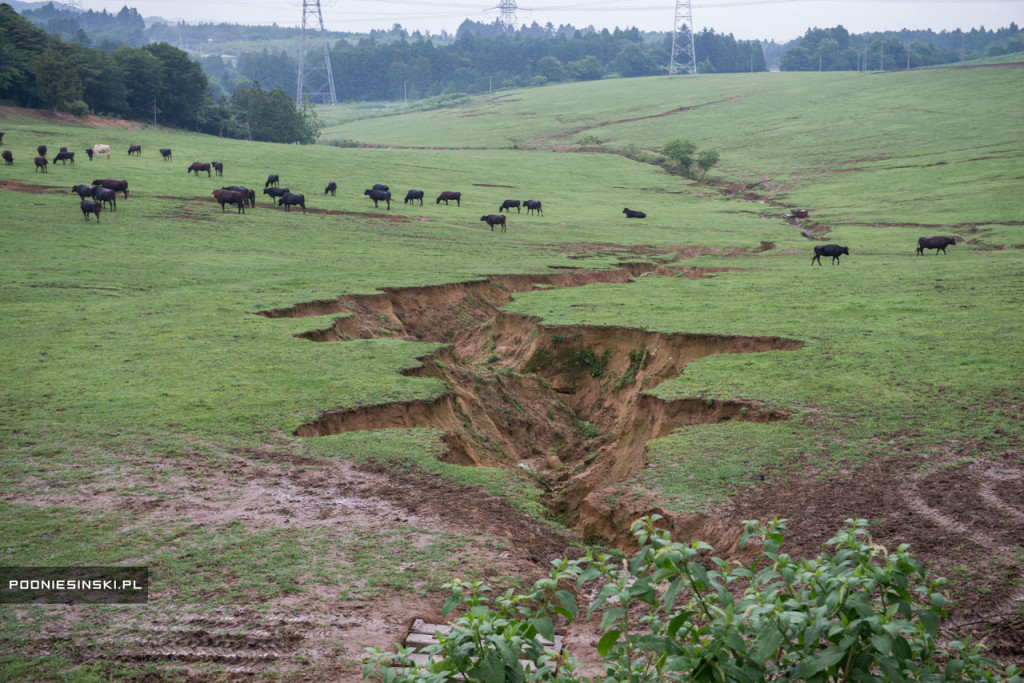
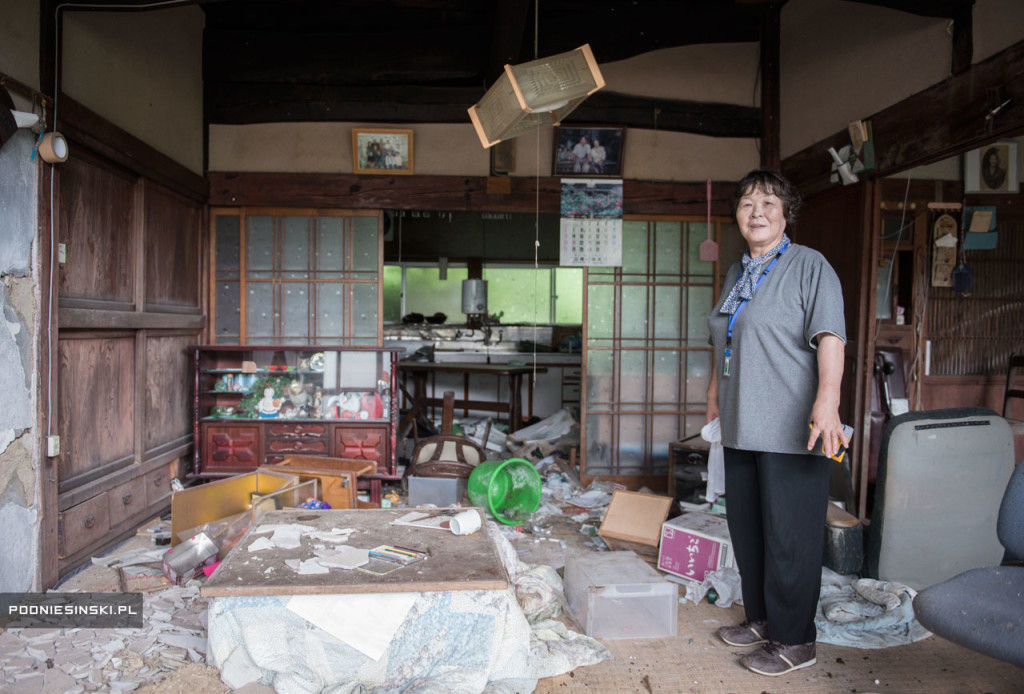
See all of his photos here.
Last year, Malaysian photographer Keow Wee Loong’s photos also earned a spotlight online when he sneaked into the Fukushima exclusion zone and get passed through the authorities to reach the “red zone” of some of the abandoned towns. He released “never before seen photos” of what it’s like in the red zone — saying he felt burning sensation in his eyes and thick chemical smell in the air as he didn’t wear proper garments to protect himself from radiation. His photos showed how time stood still and how some places in Fukushima remained untouched five years after the nuclear incident.
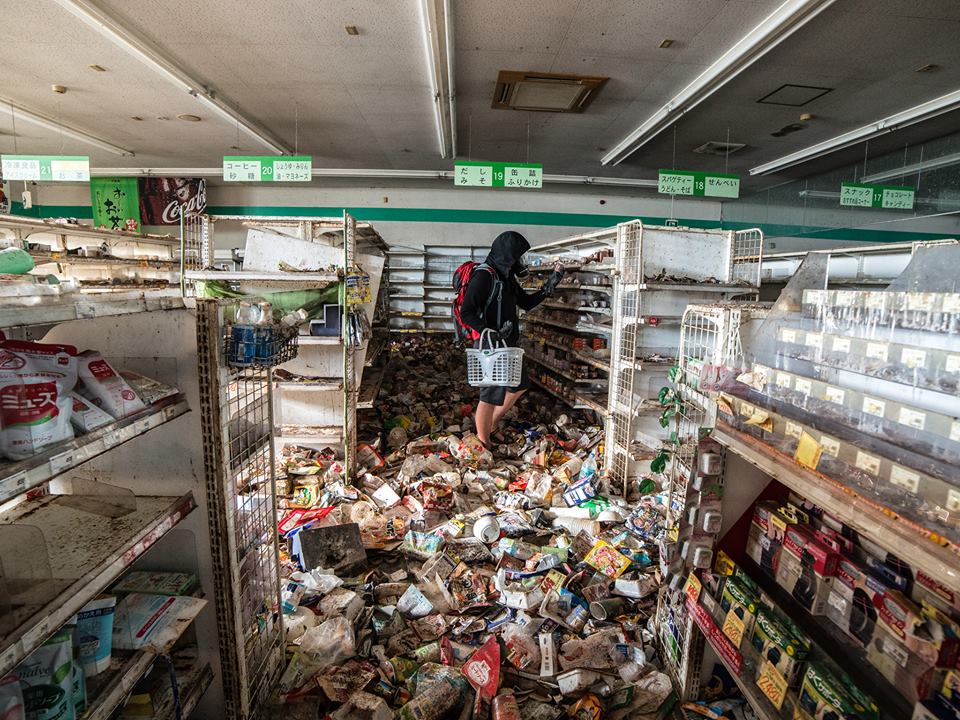
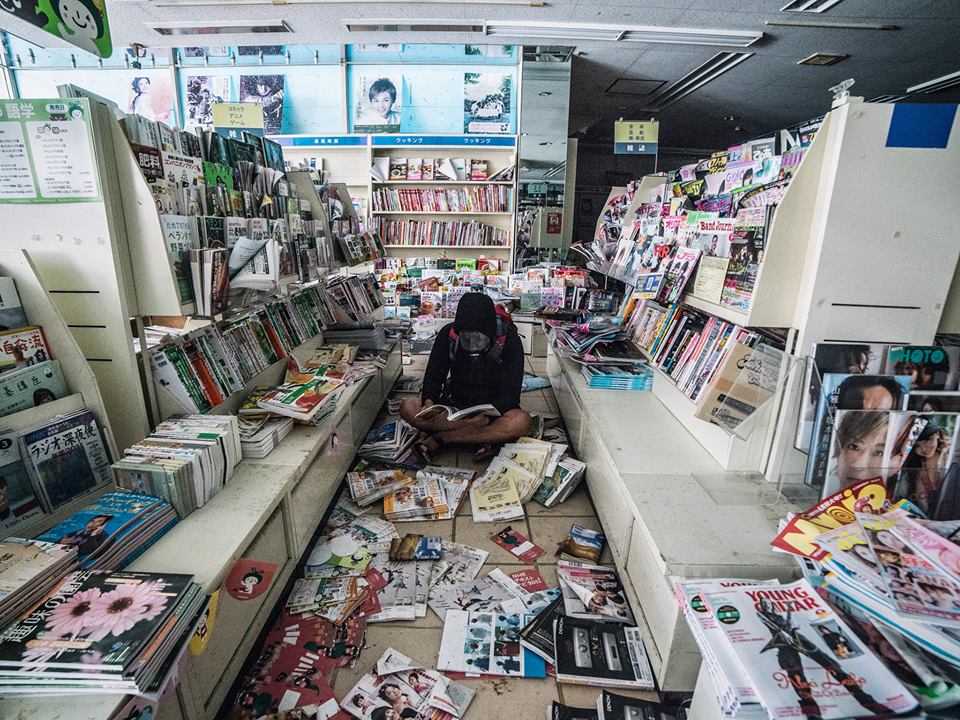
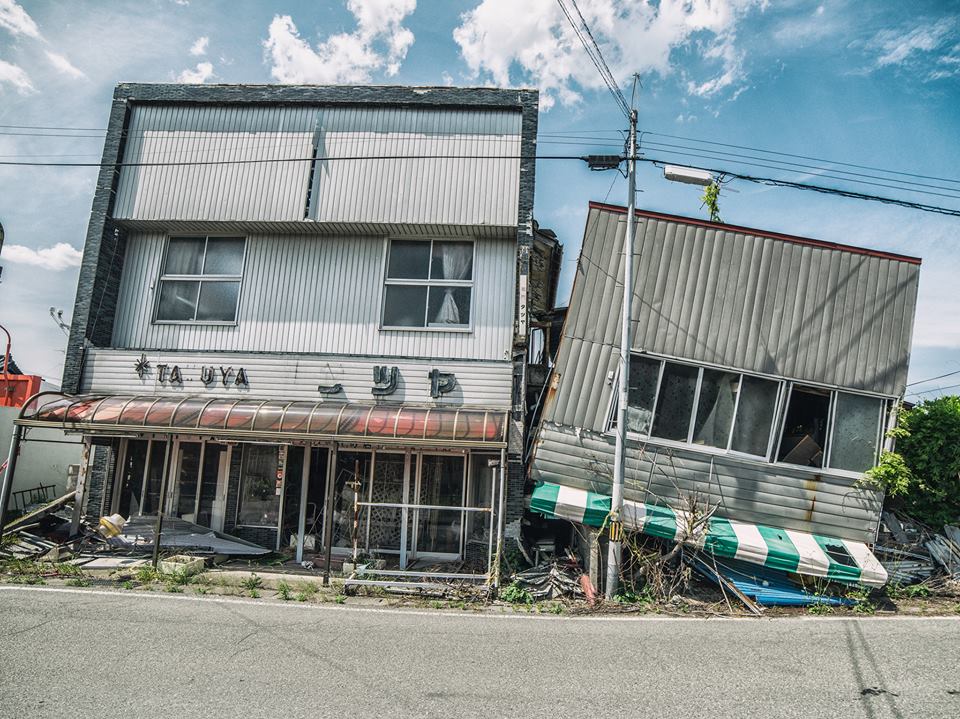
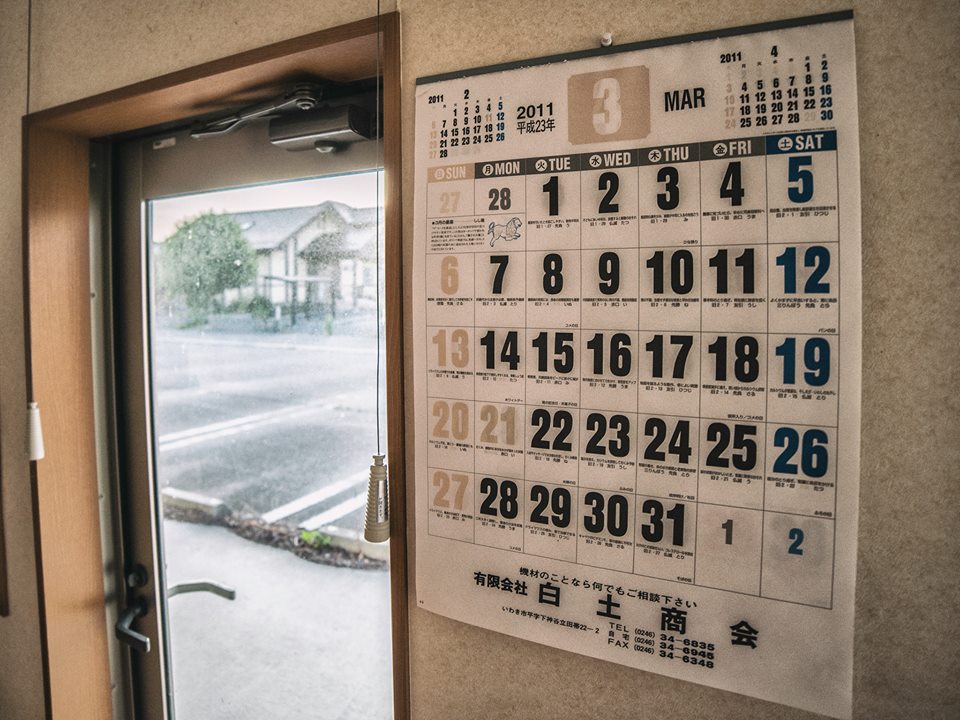
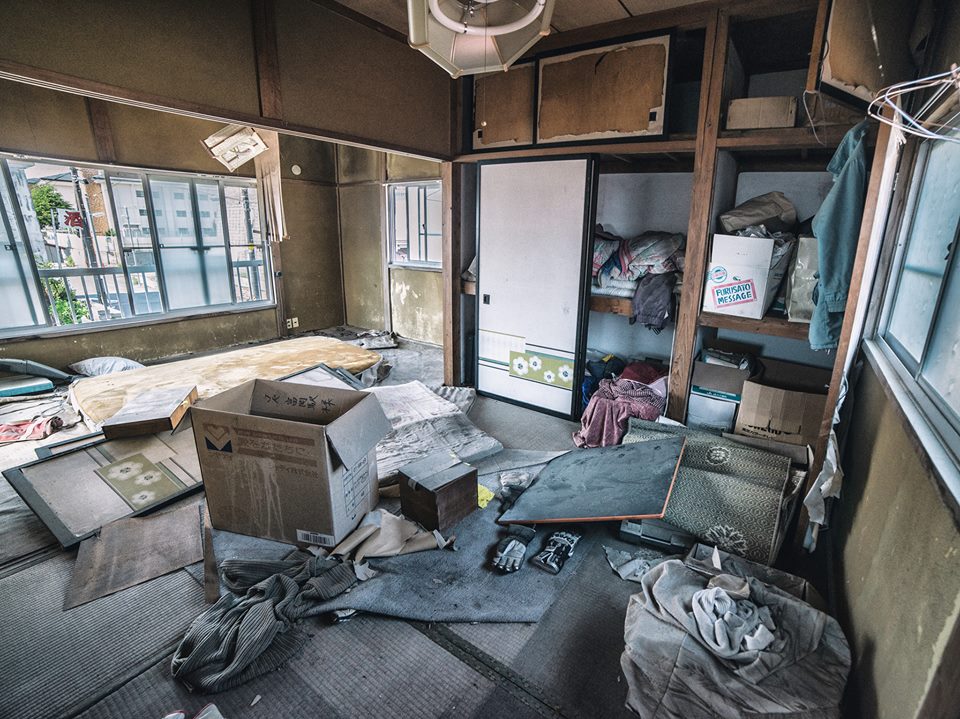
See all of his photos here.
Rebecca Bathory also went to Fukushima last year to take photos that for her will “…serve as a historical record of these years that occurred after that day,” and will release a book called “Return to Fukushima“. Her photos not only depicted the devastation and loss Fukushima suffered but also how after everything that happened since that day, nature has a way of showing people that beauty still remains in that place.
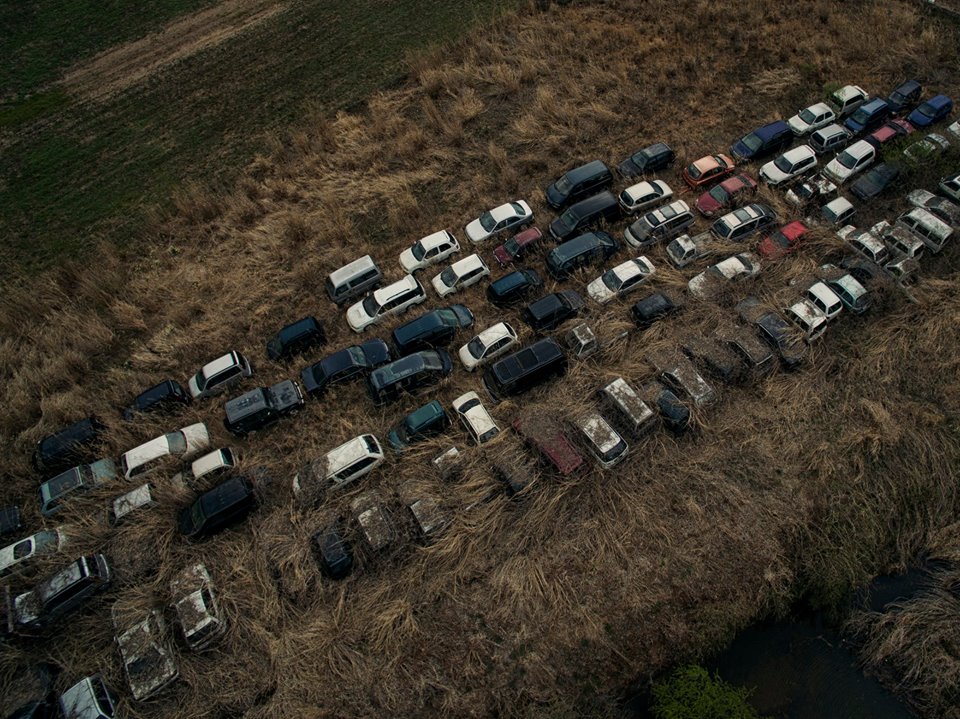
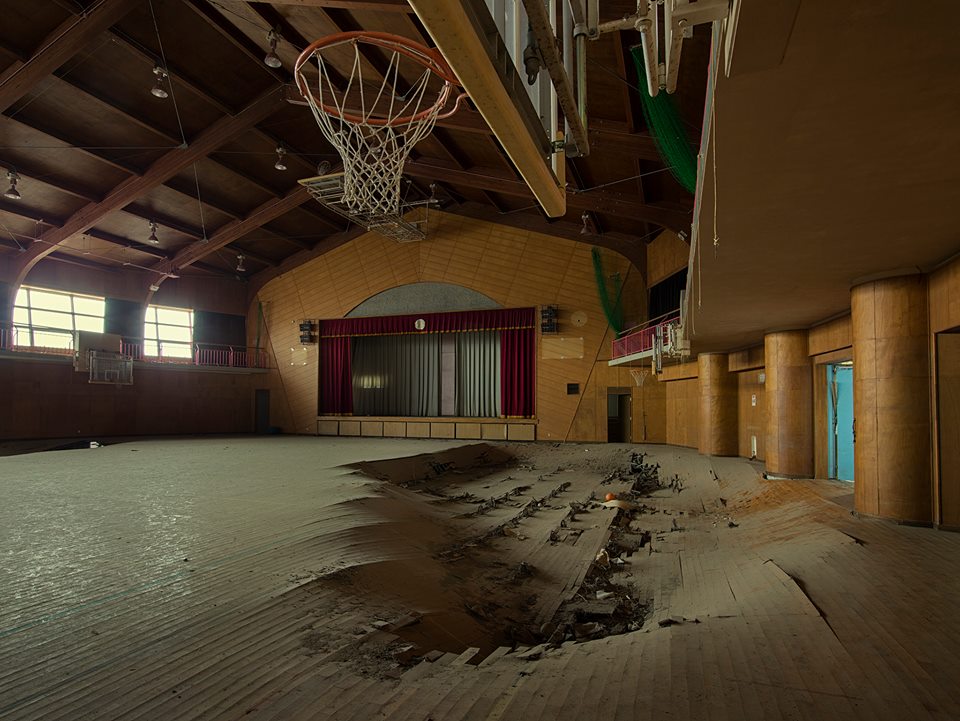
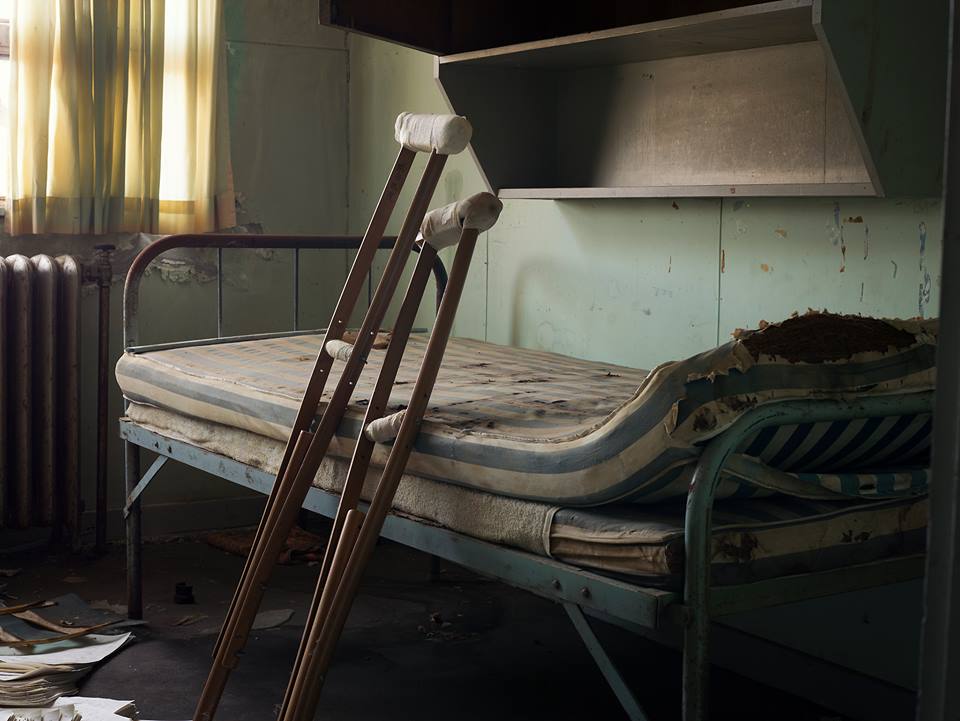
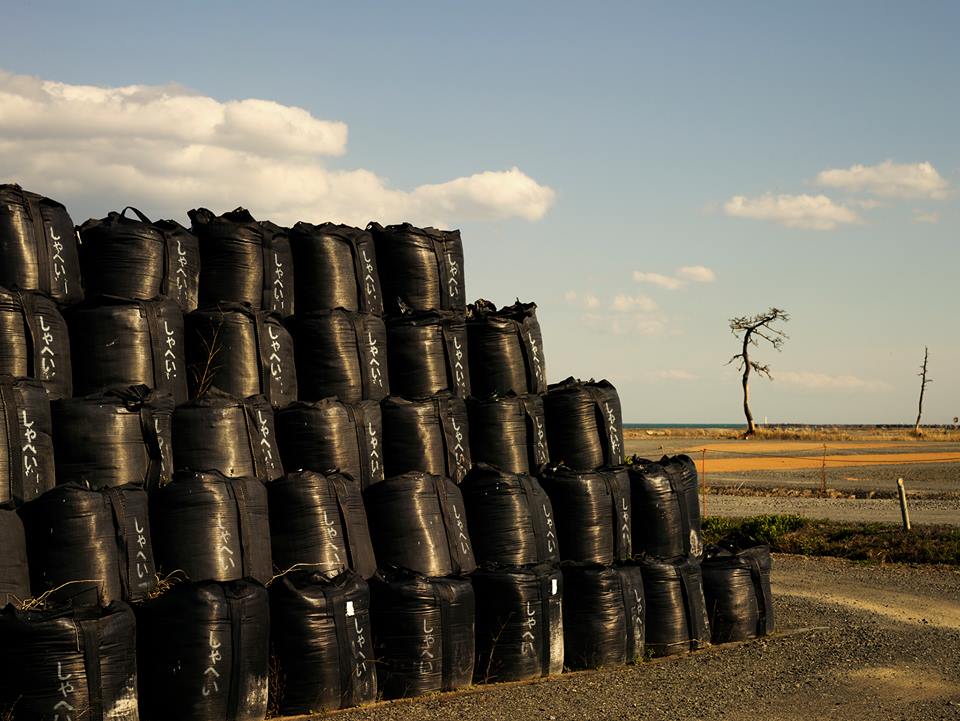
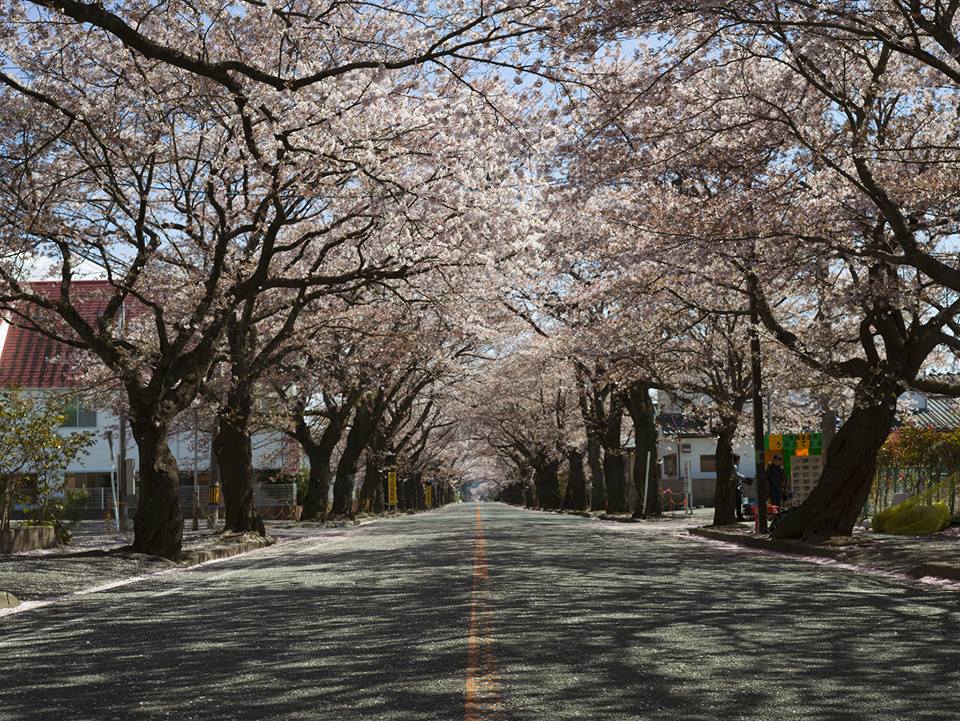
See all of her photos here.
All of these photos serve as a reminder to us that anything can happen in an instant — our lives can all be shaken and changed in a snap. But in spite of everything we will encounter and every tragedies we will suffer from, we will all hold on to that hope that we will survive and keep on living no matter what.

